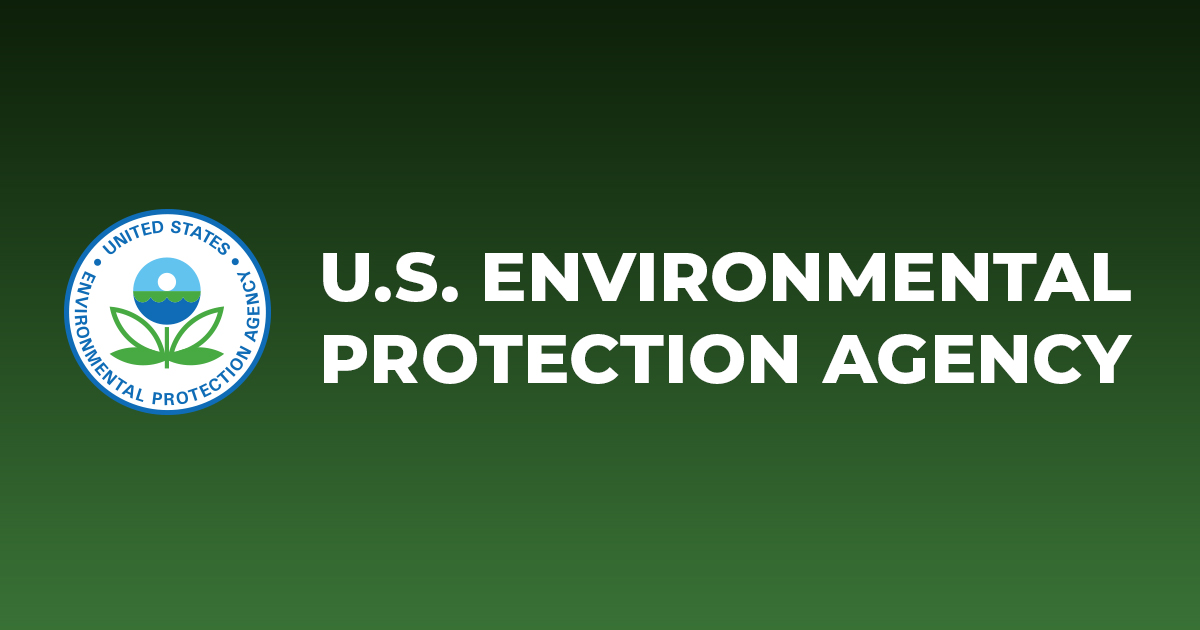Protect Coasts | US EPAGreen infrastructure can help protect coastal areas, which are particularly vulnerable to the effects of climate change. ...
Published on by Water Network Research, Official research team of The Water Network

Green infrastructure can help protect coastal areas, which are particularly vulnerable to the effects of climate change. Sea level rise and heavy storms can result in erosion and flooding of these sensitive areas, as well as loss of natural habitat, property and infrastructure damage, and community displacement. Temperatures are expected to continue to climb as the climate changes, resulting in continued rising sea levels, amplified storm surges, and greater frequency and intensity of storms. Coastal communities with fewer resources to prepare for, respond to, and recover from these impacts, and those with environmental justice concerns, are especially at risk.
A green infrastructure approach to coastal improvement—a "living shoreline"—can make coastal areas more resilient to climate change impacts. Explore the sections below to learn more about this approach and find resources for implementation.
On this page:
Using Green Infrastructure to Protect Coasts
Resources
References
Using Green Infrastructure to Protect Coasts
Living shorelines can be created using plants, reefs, sand, and natural barriers to reduce erosion and flooding while maintaining the natural shoreline and its processes. Living shorelines are more resilient against storms than hard structures, such as bulkheads and sea walls, as well as more cost effective since they require less maintenance. They provide multiple ecosystem benefits, including improved water quality, enhancing habitat, and carbon sequestration.i They can also lessen climate change impacts on human health and property: restoring affected wetlands can reduce property damage by buffering the velocity and intensity of waves.ii, iii
Consider Living Shoreline Composition
Living shorelines can be a mixture of structural and organic materials, including:
Native wetland plants, which are adapted to local soil, temperature ranges, salinity, wind, and tidal conditions.iv
Stone and rock structures, which reduce wave impacts.
Mussel beds or oyster reefs, which increase habitat diversity, improve water quality, and reduce wave impacts.
Submerged aquatic vegetation, which enhances water quality, reduces erosion, and boosts ecosystem productivity.v
Coir fiber logs, which are biodegradable and can provide temporary stabilization in planting areas before the plants grow and provide their own stabilization.vi
Sand fill, which can be used to fill in eroded areas and raise elevation.
Using these materials can restore coastal shorelines to a more natural condition. Green infrastructure can also be used in combination with gray infrastructure, such as sea walls and jetties. More information on green, gray, and hybrid approaches can be found on the National Oceanic and Atmospheric Administration (NOAA) Habitat Blueprint Living Shorelines webpage.
Attached link
https://www.epa.gov/green-infrastructure/protect-coastsTaxonomy
- Coastal Engineering
- Coastal